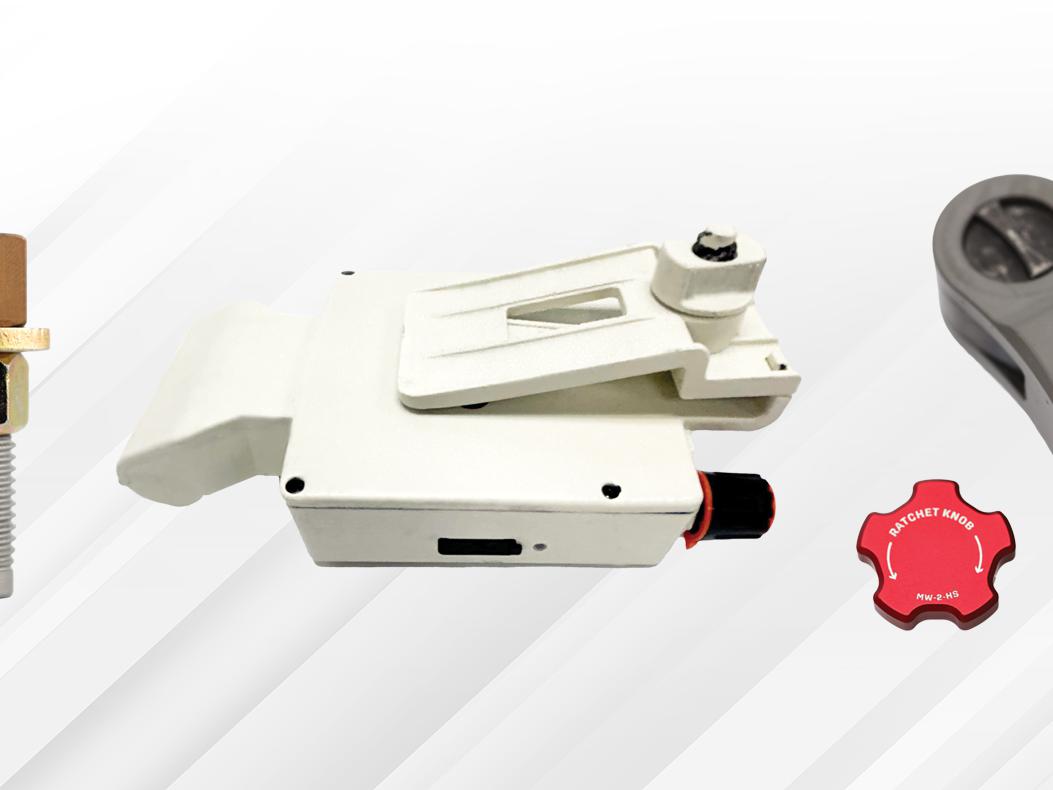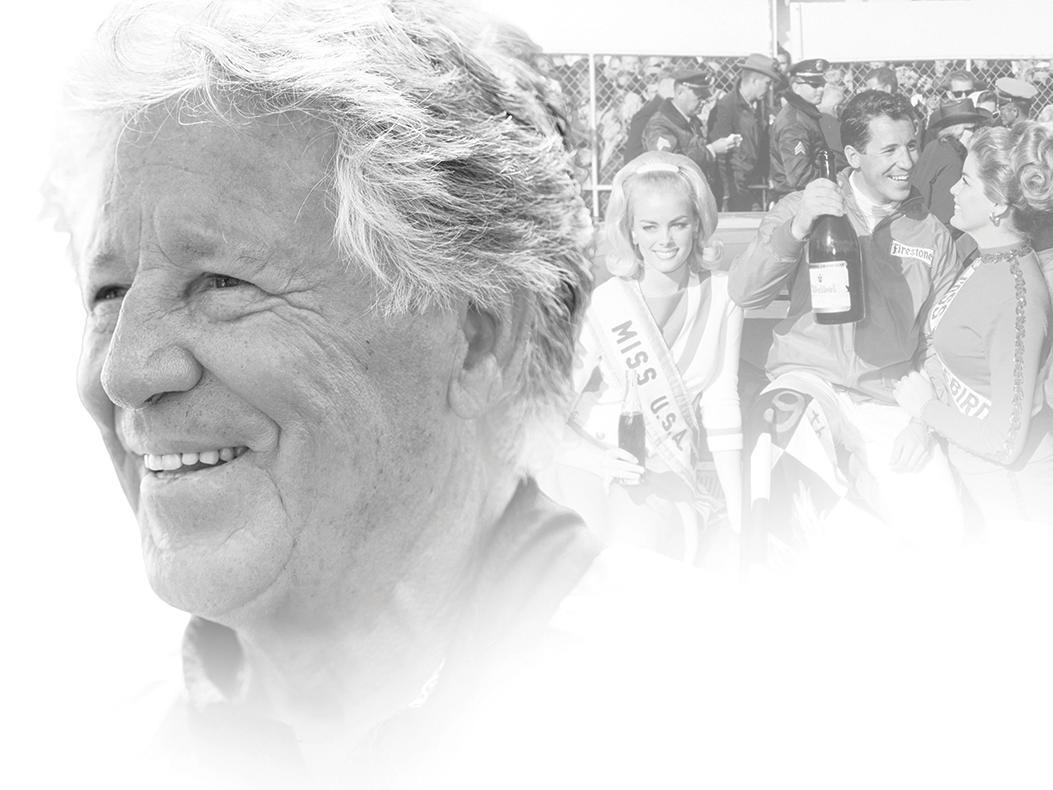Industry Insights: Tom Bailey
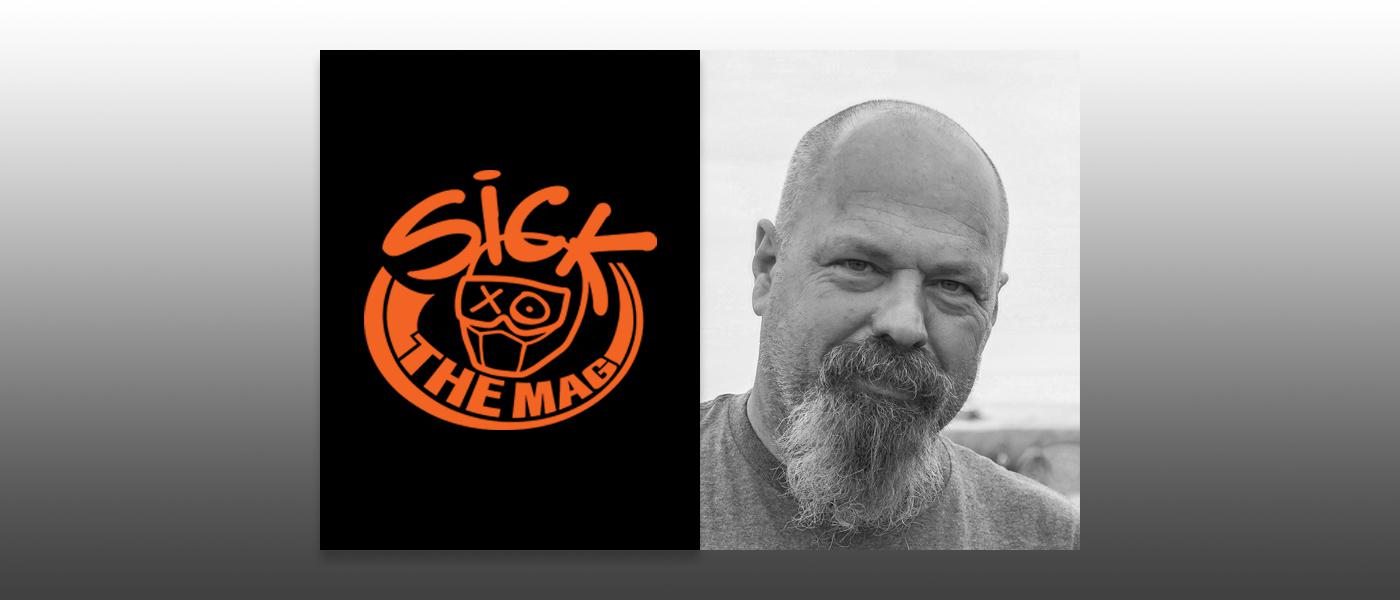
Photos courtesy of Sick The Mag
Bringing people together over a love of racing is the secret sauce for the publisher of Sick the Magazine and his relatively new yet wildly popular drag-and-drive event Sick Week. And somehow, he also finds time to pilot the nation’s fastest street-legal car.
Tom Bailey knows a thing or two about speed, and about the value of promotion. Not only does he own and drive the fastest street-legal car in America, he also manages Sick Week, a drag-and-drive event with a long waiting list, and publishes Sick the Magazine and a series of successful videos on YouTube.
Each part of Bailey’s program promotes and reinforces the others. His credibility starts with his car, grows through the integrity and popularity of his event, and his business grows with the magazine and videos. As his website says, “When the ambers drop, the BS stops. You can run your mouth about how quick your car is, but until you put it up in lights, it doesn’t count. Street legal speed is what we are all about.”
It goes on, stating, “Running a time is the easy part. Will your horsepower hero end up a road trip zero? Drag-and-drive events test the endurance of competitors and their equipment to the ultimate level.”
Like Hot Rod Magazine’s Drag Week, Bailey’s events involve driving a street-legal race car from place to place over the course of a week, surviving on the road and then racing with everything you’ve got. If your build can survive the road and then win on track, you can claim glory. We found some time to chat with him and find out how it’s going.
PRI: You organized your first Sick Week in February of 2022. How did it go?
Bailey: It went great. It sold out in less than three minutes. Then everybody had a good time. I mean, the routes were cool. The checkpoints were cool. It had the fastest racing that’s occurred on any drag-and-drive.
PRI: You didn’t just gin up Sick Week from nothing and sell it out in three minutes. What is it that makes Sick Week and what you do so popular? What is the appeal?
Bailey: I think the appeal to our racers is the same appeal it had for me. It’s that we don’t have time to go racing every weekend or do the bracket stuff, but we can take one week a year and we can go race. But we also want to use our car for other stuff. With the drag-and-drive events, you use your car to go out to dinner, or to take your wife out. You can do any of those things, and then you also take your car out and you go race it for a week or two weeks a year in the summertime when you have time. But when you get kids in sports and kids in extracurricular activities and school, you don’t have a lot of that racing time. So here’s a way that you don’t have that single-use vehicle sitting in your garage collecting dust. You get a lot more purpose out of it.

PRI: Conventional wisdom says you can have a street car or you can have a race car, but if you try to make a car that’s going to do both things, it won’t be good for either purpose. How do you create that notion that you can have one car that does both things?
Bailey: You’re going to have to make a few sacrifices. You might sacrifice air conditioning or different things like that, creature comforts. You have to think about a lot more with a drag-and-drive-style car than you do just a race car. I mean a race car, you go down the track, bring it back to the pits, even if it’s getting hot, no problem. It’ll be cooled off by the next round. With our event, you have to be able to make it survive hours and hours and hundreds of miles of driving.
PRI: What’s next? Do you think you can replicate Sick Week around the country or make Sick Week bigger? What do you think the next couple of years will look like?
Bailey: Well, we can only accommodate 350 cars going down the track. But we incorporated Sick Ward, which has all the benefits of Sick Week, so you get VIP parking and some other things. We had food trucks available for them, different stuff for them, but they don’t go down the track. I call it the Power Tour because basically they have a car show every day. They hang out, follow the routes with us, and stay in the hotels. They enjoy all the camaraderie; they just don’t go down the track.
Last year we only let 125 cars in the Sick Ward just to feel it out and see how it would work. We sold that out, so this year we’re expanding to 250 cars. The good thing is we’re bringing fans with us from track to track. So now we have 350 race cars that are going track to track, and we also have 250 show cars that are going with us and more people hanging out in the stands. We’re just trying to make it a big fun fest.
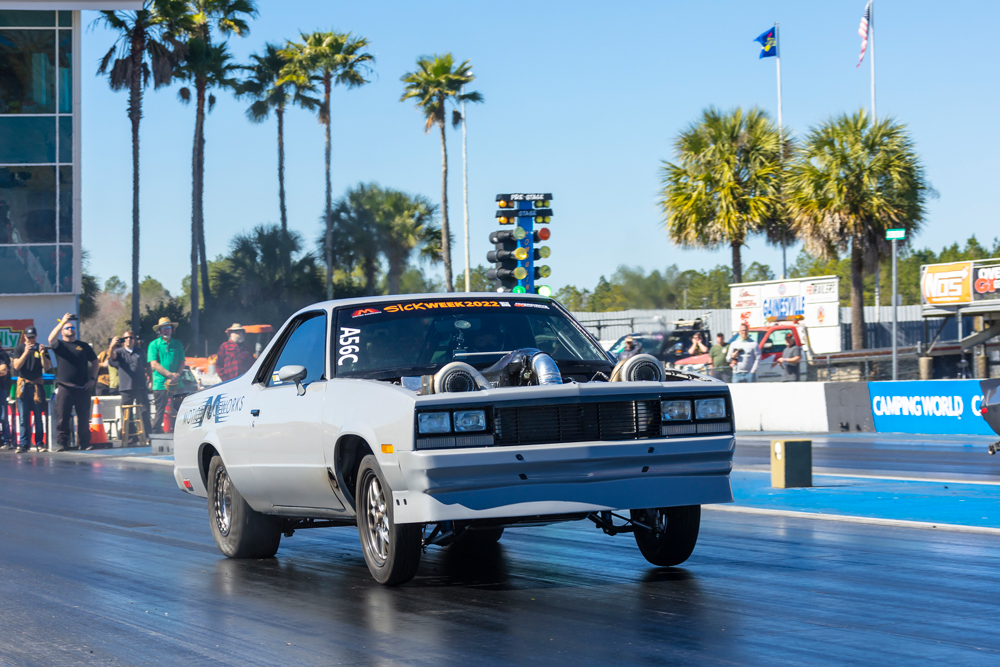
PRI: What are you doing to make that more attractive?
Bailey: We’re expanding the food vendors this year. We’ll see if I can pull it off, but my goal is to have a tattoo artist who will give Sick Week tattoos. Just trying to make it a real fun deal so everybody has a good experience. There’s a ton of like-minded people that are into cars, into the racing side of things.
That’s probably the biggest thing I see, is that spectator counts are down. Racer counts are up, but spectator counts are down. So how do we get more spectators there? What do we do to help people bring their family out and enjoy it? That’s what we’re trying to do with the VIP experience of Sick Week.
PRI: Where do you see drag-and-drive racing in five to 10 years?
Bailey: Drag Week is the OG, but then you got Rocky Mountain Race Week, you got us, you got the North Carolina Drags. It’s worldwide now because there’s events in Australia, there’s events in Sweden, there’s events in Canada that are all similar. I really think that this is the Radial Racing of five years ago, where it’s just on the cusp and everybody really wants to do it and everybody’s excited about it. I think we’re going to have a big influx of cars because if I look at Radial Racing and Ultra-Street, all the big money stuff has gone to Radial Racing.
Those guys keep going down to smaller and smaller tires, so we’re doing a Rowdy Radial blast, which is for 235 tires. The idea is to get some of those guys whose cars had to weigh 3,000 pounds in Radial Racing. A lot of those cars are street legal, so we’re hoping to get a lot of those people over to Sick Week. We’re doing track prep before our races. We’ve got Total Venue Concepts at every track doing prep the day before. So we’re doing a lot to bring top level prep so that everybody can go out and enjoy it. That’s how we can get the small tire guys involved in the drag-and-drive, because they’ve kind of been alienated until now.
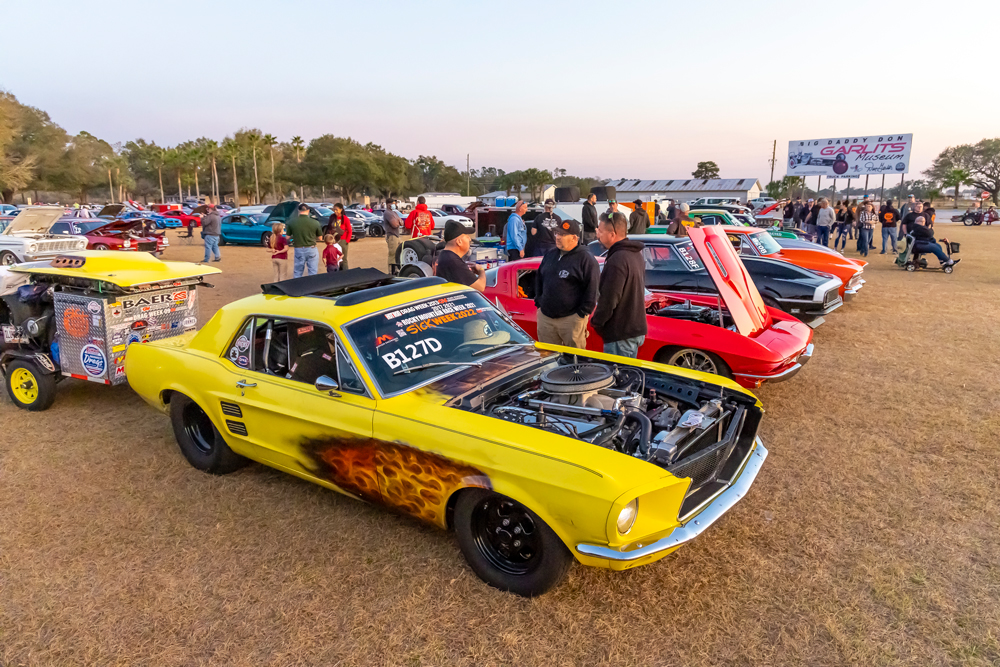
PRI: Let’s look at the larger world. California and 18 other states have said that no new internal combustion engines are going to be sold after 2035. Do you think that’s going to be a problem for the racing industry?
Bailey: I think that there’s always going to be room for technology. I think that EV cars will develop into race cars. They’ve already started to a little bit. And there’ll be a mix, just add it to whether you’re a nitrous or turbo or supercharger guy. Well, an EV guy is just another one of those, call it classes, that are going to be intermixed in there. I think internal combustion’s going to be around for a long time as just one of the technologies.
PRI: What do you think is the most divisive issue going on in motorsports right now?
Bailey: The EPA. That’s the biggest thing going on right now. The EPA doesn’t want people to be able to modify cars from whatever the factory spec was. I think everybody should be free to choose what they want to do and do it how they want to do it. Obviously, there should be rules in anything, but you shouldn’t be told, “No, you can’t do that.” We’re probably talking less than 1% of the cars in the country that are used as race cars. Let us have our hobby, and you have your hobby.
PRI: What’s the best piece of advice you’ve received about how to approach the business of motorsports, and how has that proved out in your business?
Bailey: Be a leader, don’t be a follower. Figure out what you want to do and go after it. Just prove the naysayers wrong. You’d have to be a complete idiot to start a print magazine in this day and age, and here we did it and we’re successful at it.
We came up with the magazine because the people that are doing this type of stuff deserve recognition. They’re out there working hard and they’re doing it. We thought it’d be just a small following, like maybe we’d get 500 or 1,000 people to buy this. Well, we were vastly wrong. Before the first issue ever went to print, we had more than 3,000 subscribers, and that’s at $33 an issue for 200 pages.
Now we have more than 5,000 subscribers, and it just keeps growing. That just proves that if you provide a quality product, people are going to buy it. Another thing is, we don’t offer it online. People ask if there’s a digital version. Nope, there won’t be a digital. Literally you get the magazine. That’s it.

PRI: Well, that brings us to young people, who tend to look at all this stuff very differently. Many young people don’t want to have a race car, a tow rig, a trailer, and a street car. They don’t live in the kind of places where they can have all those things, so they want to compete in their street cars. Do you see a younger crowd showing up, or is it more older people?
Bailey: We’ve got both, but we have a lot more young people than any other kind of racing. They’re taking their street-legal car, their daily driver, and they’re running next to my street-legal Pro Mod. They’re not isolated to the back, or anywhere else. They’re in it the same as all the rest of us. With what we’re doing, it doesn’t matter whether you got a 16-second car or you got a 5-second car, we’re all following the same routes. We’re all going to the same hotels, we’re all hanging out at the same places. So it gives the younger crowd the motivation to keep going faster or to be comfortable where they’re at. But they’re around people who are just like them. Whether your budget’s different or not different, doesn’t matter. You’re still on the same page as far as doing cool stuff with your friends.

PRI: Let’s flip that around and ask if over the next 10 to 15 years, as older folks age out of the hobby, will those people be replaced by new people coming in?
Bailey: We do have a big crowd of people who are older, which unfortunately I’m getting to be one of them! I’m over 50, but there’s a lot of young kids who are coming in, and they are very interested in taking up the reins. That’s where we push a lot, with radial cars, front-wheel-drive cars, and imports. A lot of race people say, “Oh, it’s the imports, keep them away.” I say, “No, the import guys are racing just like us.” Seeing a rotary engine that’s got a turbo bigger than the engine putting out a thousand horsepower, that’s pretty cool to me. I don’t know what gearhead isn’t into something like that. Literally the turbo’s bigger than the engine, and the guy’s out there running eights. I mean, that’s cool. Then a lot of younger guys are just getting into old school V8s and small block Chevys. That’s just what’s cool about the community—everybody is in it together.
PRI: What would you say to other people who are trying to promote racing, whether that’s circle track, drag racing, road racing, or off-road?
Bailey: I think that the biggest thing is to be inclusive. Bring everybody in! An event can be successful with just the racers and promoter, but you want fans there. The racers want people watching them, and whatever you can do to bring fans and bring young kids into it, that’s the future. Everybody’s going to age out at some point in time. Unless you keep young blood coming into it and watching it and being part of it, then you’re going to have a hard time.
Then, so many people who did Sick Ward last year are signing up for Sick Week because that was their first toe in the water. They follow along in the car and then the natural progression is, “Okay, next year I want to race.”
 MEMBERSHIP LOGIN
MEMBERSHIP LOGIN JOIN PRI
JOIN PRI
